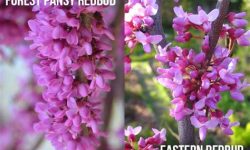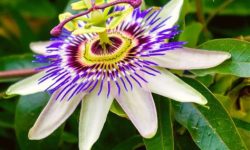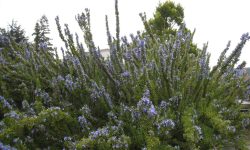Red Maple Leaf Vs Sugar Maple Leaf
When it comes to admiring the stunning display of autumn foliage, there is no denying the beauty of maple trees. Two of the most prominent and beloved species are the Red Maple and the Sugar Maple, each with its own set of unique characteristics. In this blog post, we will explore the physical differences between the Red and Sugar Maple leaves, their distinct colors and characteristics, as well as their geographical distribution. Additionally, we will delve into the differences in fall foliage between these two iconic trees. Whether you are a nature enthusiast or simply appreciate the marvels of the natural world, understanding the distinctions between these two maple species will undoubtedly deepen your appreciation for the breathtaking display of autumn colors. Join us as we unravel the fascinating world of Red and Sugar Maple trees.
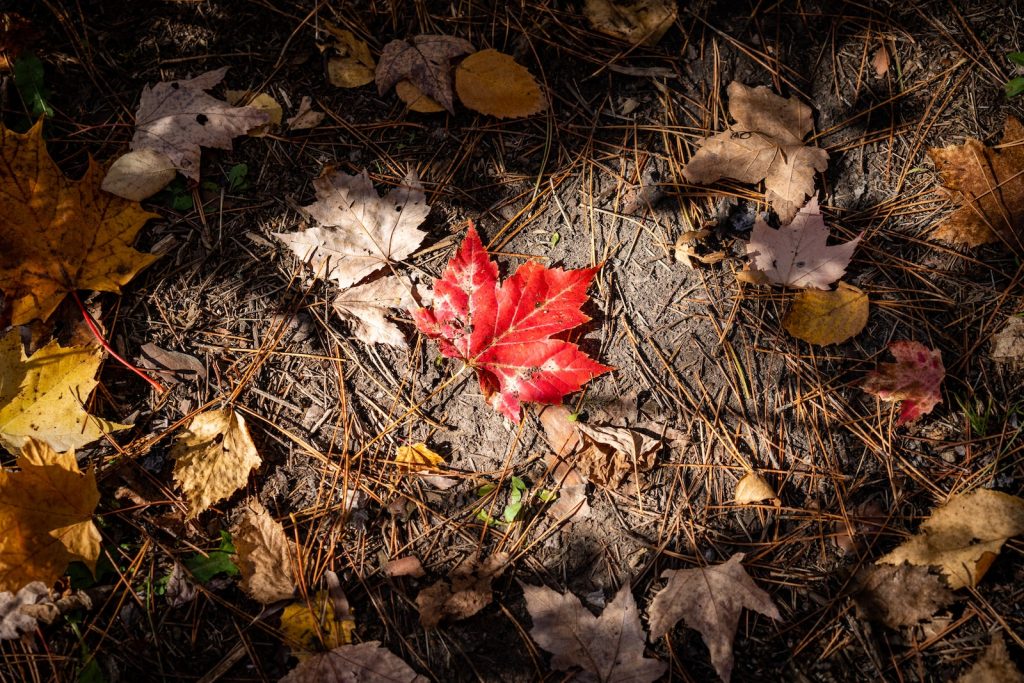
Physical differences between Red and Sugar Maple leaves
Red Maple leaves are typically smaller in size compared to Sugar Maple leaves, with an average length of 5-10 cm and a width of 5-8 cm. The shape of Red Maple leaves is more triangular or oval, with three to five lobes and serrated edges. The leaves are also thinner and more delicate in texture, with a lighter green color on the upper surface and a paler, almost silvery color underneath. The petioles of Red Maple leaves are typically red in color, giving the tree its name.
On the other hand, Sugar Maple leaves are larger in size, with an average length of 8-20 cm and a width of 6-15 cm. The shape of Sugar Maple leaves is more distinctively palmate, with five lobes and smoother, more rounded edges. The leaves are thicker and more leathery in texture, with a deeper green color on the upper surface and a pale yellow to orange color underneath. The petioles of Sugar Maple leaves are typically green, without any distinct coloration.
In addition to size, shape, and texture, the veins on the leaves of Red and Sugar Maples also differ. The veins on the Red Maple leaves are typically more slender and closer together, while the veins on the Sugar Maple leaves are thicker and more widely spaced. These physical differences in leaf characteristics are important for identifying and distinguishing between Red and Sugar Maple trees.
Overall, while both Red and Sugar Maples are valued for their brilliant fall foliage, their leaves have distinct physical differences that make each tree unique and easily distinguishable.
Colors and characteristics of Red Maple leaves
Red Maple leaves are known for their vibrant and rich red color during the autumn season. They are easily identifiable by their five-lobed shape and serrated edges. The color of the leaves can range from bright red to a more subdued burgundy, creating a stunning visual display in the fall.
One of the most unique characteristics of Red Maple leaves is their ability to change color throughout the season. In the spring and summer, the leaves are a medium green color, but as the weather begins to cool, they transition to their iconic red hues.
Red Maple leaves also have a distinctive palmate veining pattern, with veins spreading out like the fingers on a hand. This adds to the visual appeal of the leaves, giving them a textured and intricate appearance.
In addition to their visual characteristics, Red Maple leaves also have a thin and delicate structure. This makes them more prone to damage from harsh weather conditions or pests, but also contributes to their graceful and delicate appearance.
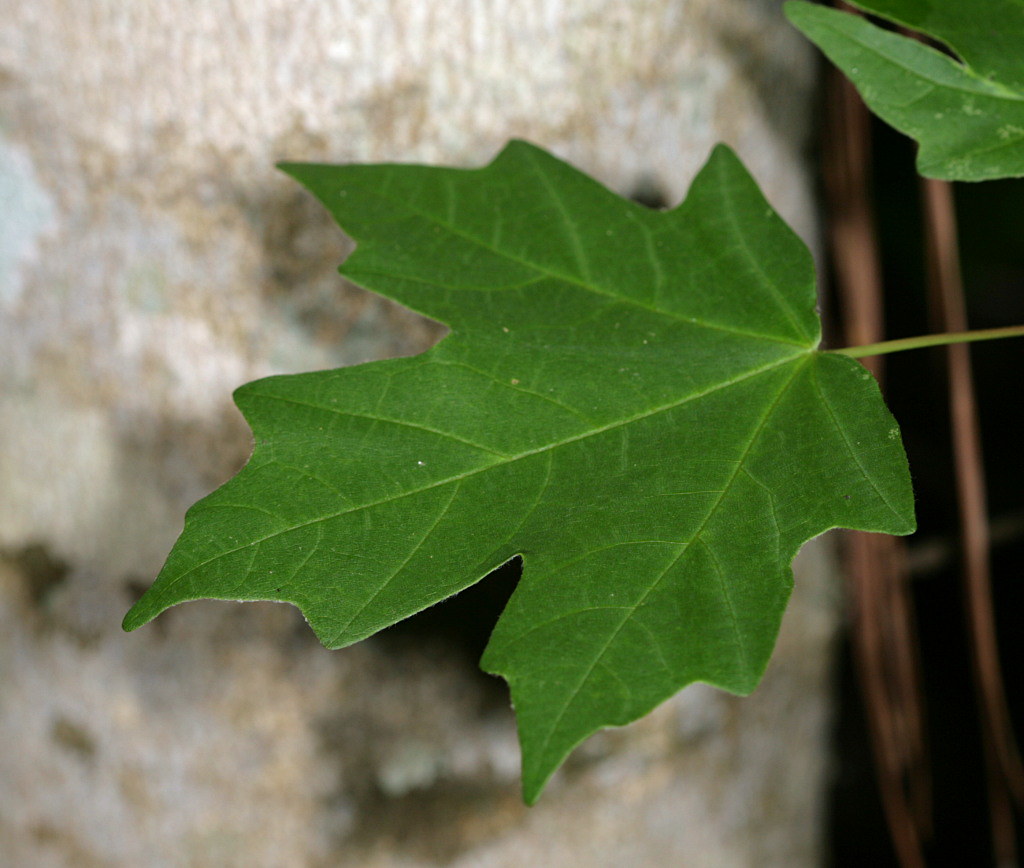
Colors and characteristics of Sugar Maple leaves
The Sugar Maple is known for its vibrant and diverse color palette, especially during the fall season. The leaves of the Sugar Maple are typically large and have 5 distinct lobes, with pointed tips. The color of the leaves can vary from yellow, orange, and red, creating a stunning display of warm hues in the autumn landscape.
One of the characteristic features of the Sugar Maple leaves is their smooth, glossy texture, which sets them apart from other types of maple leaves. The veining on the leaves is also prominent, adding to their visual appeal. The overall shape and color combination make Sugar Maple leaves a popular choice for decorative purposes, such as in floral arrangements and seasonal crafts.
As the temperatures start to drop, the chlorophyll in the leaves breaks down, revealing the underlying pigments that give the Sugar Maple leaves their distinct colors. This process, combined with the unique characteristics of the leaves, makes the Sugar Maple a beloved symbol of the fall season in North America.
Whether you’re admiring them in a forest setting or using them to adorn your home, the colors and characteristics of Sugar Maple leaves never fail to captivate and inspire.
Geographical distribution of Red and Sugar Maple trees
Red and Sugar Maple trees are both common species of deciduous trees that are native to North America. They are found in a wide range of geographical areas, with each species having its own preferred habitat.
The Red Maple tree, also known as Acer rubrum, is widely distributed throughout the eastern United States and Canada. It can be found from Florida to Minnesota, as well as in the eastern parts of Texas. Red Maples are adaptable to a variety of soil types, and they are commonly found in moist woodlands, swamps, and along riverbanks.
On the other hand, the Sugar Maple tree, known scientifically as Acer saccharum, has a more restricted geographical distribution. It is primarily found in the northeastern United States and in southeastern Canada, with its range extending from Nova Scotia to Minnesota and south to Tennessee. Sugar Maples prefer well-drained, slightly acidic soils, and they are often found in mature forests and on slopes and ridges.
Overall, the geographical distribution of Red and Sugar Maple trees is influenced by factors such as climate, soil type, and elevation. Both species are valued for their beautiful foliage and are important components of North American forests.
Differences in fall foliage between Red and Sugar Maple trees
As autumn approaches, the vibrant shades of red, orange, and yellow that fill the forests are a sight to behold. Two iconic tree species that contribute significantly to this autumnal splendor are the Red and Sugar Maple trees. While both trees are admired for their stunning foliage, there are distinct differences in the colors and characteristics of their fall leaves.
One noticeable difference is the color of the fall foliage. Red Maples are known for their vibrant red and orange leaves, while Sugar Maples display hues of golden yellow and orange. The stark contrast between the fiery reds of the Red Maple and the warm yellows of the Sugar Maple creates a visually striking display in the autumn landscape.
Another difference lies in the leaf shape. Red Maple leaves typically have three lobes, while Sugar Maple leaves have five distinct lobes. This variance in leaf structure adds to the unique appearance of the fall foliage produced by each tree species.
Moreover, the geographical distribution of these trees contributes to the differences in their fall foliage. Red Maples are more commonly found in the eastern United States, while Sugar Maples have a broader range that extends into parts of Canada. As a result, the varying climate and environmental conditions influence the intensity and duration of their fall colors.
Frequently Asked Questions
What are the physical differences between Red and Sugar Maple leaves?
The Red Maple leaves are generally three-lobed with serrated edges, while the Sugar Maple leaves have five distinct lobes and smoother edges.
What are the colors and characteristics of Red Maple leaves?
Red Maple leaves are typically bright green in the spring and summer, and turn vibrant shades of red and orange in the fall. They are known for their striking color display.
What are the colors and characteristics of Sugar Maple leaves?
Sugar Maple leaves are usually green with a slightly paler underside. In the fall, they turn shades of yellow, orange, and red, creating a beautiful and unique display.
What is the geographical distribution of Red and Sugar Maple trees?
Red Maple trees are found in a wide range across eastern North America, from Florida to Newfoundland. Sugar Maple trees are more concentrated in the northeast and the Great Lakes region.
What are the differences in fall foliage between Red and Sugar Maple trees?
While both Red and Sugar Maple trees display stunning fall foliage, the colors differ. Red Maple leaves turn vibrant reds and oranges, whereas Sugar Maple leaves transition to shades of yellow, orange, and red.
What are some unique characteristics of Red Maple leaves?
Red Maple leaves have a distinct silver underside that adds to their visual appeal. They also tend to be smaller and more delicate compared to Sugar Maple leaves.
What are some unique characteristics of Sugar Maple leaves?
Sugar Maple leaves are known for their symmetrical shape and prominent veins. They are often used as the quintessential symbol of autumn in various forms of art and literature.

